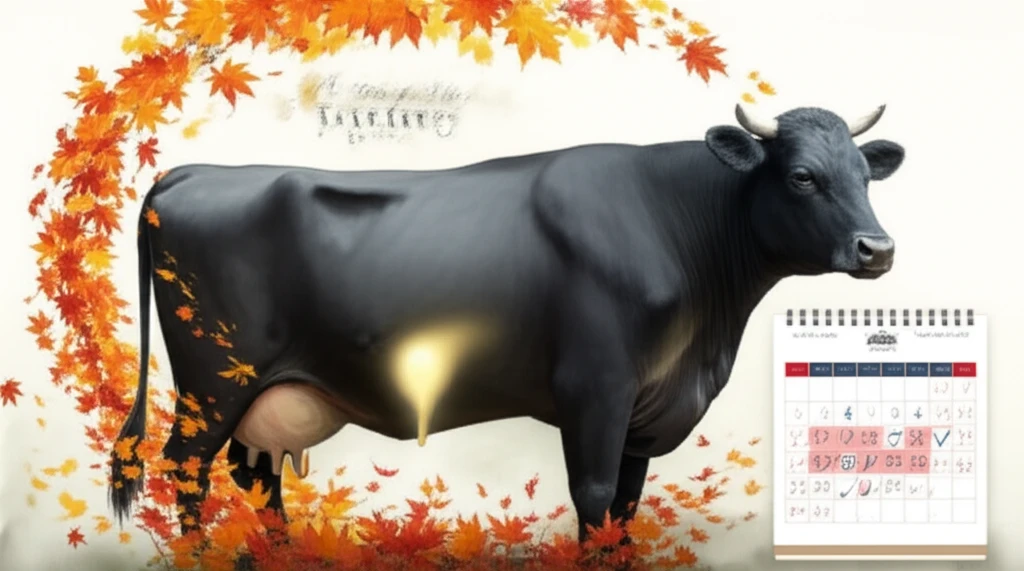
Is Your Cow Not Conceiving? How to Boost Conception Rates in Japanese Black Cattle
"Expert insights into optimizing artificial insemination strategies and overcoming fertility challenges in Japanese Black cattle for improved calf production."
For beef cattle farmers, especially those raising Japanese Black cattle (also known as Wagyu), maintaining high conception rates (CR) is crucial for profitability. A drop in CR means fewer calves, impacting both income and the efficiency of your operation. Given the rising price of Japanese Black cattle calves, improving conception rates has become an urgent need for many producers.
While artificial insemination (AI) is a common practice, simply performing AI isn't enough. Many factors can influence whether a cow conceives, and understanding these factors is key to improving your success rate. One important, often overlooked, factor is the number of times a cow has been artificially inseminated.
This article will explore the findings of a recent study that investigated how the number of services (AI attempts) affects conception rates in Japanese Black cattle. We'll also delve into how AI number interacts with other factors, such as the cow's age, the season, and the time elapsed since calving, to provide practical insights for optimizing your breeding program.
Decoding the Conception Rate Puzzle: Key Factors for Japanese Black Cattle Breeders

A recent study analyzed a large dataset of AI records from Japanese Black cattle to understand the factors influencing conception rates. The findings revealed some important trends:
- Heifers: Conception rates were similar for the first, second, and third AI attempts. If a heifer doesn't conceive after the first AI, it's worth trying at least two more times.
- Cows: The first and second AI attempts had the highest CRs, with a noticeable drop after the third attempt. For cows, focus your efforts on those initial inseminations.
- Repeat Breeders: Animals that fail to conceive after multiple AI services (typically three or more) may have underlying issues and should be evaluated for reproductive abnormalities. Culling may be necessary in some cases.
Optimizing Your Breeding Program: Key Takeaways for Japanese Black Cattle
The research highlights the importance of optimizing your AI strategy based on service number, calving interval, and season. By understanding how these factors interact, you can improve conception rates and boost the efficiency of your Japanese Black cattle operation.
Consider these recommendations:
Japanese Black heifers, give them at least 3 chances for artificial insemination. For cows, the first two AI attempts are the most critical. Optimize timing: Avoid breeding cows too soon after calving (wait at least 48 days). Consider seasonal effects: Autumn breeding may result in higher conception rates.
